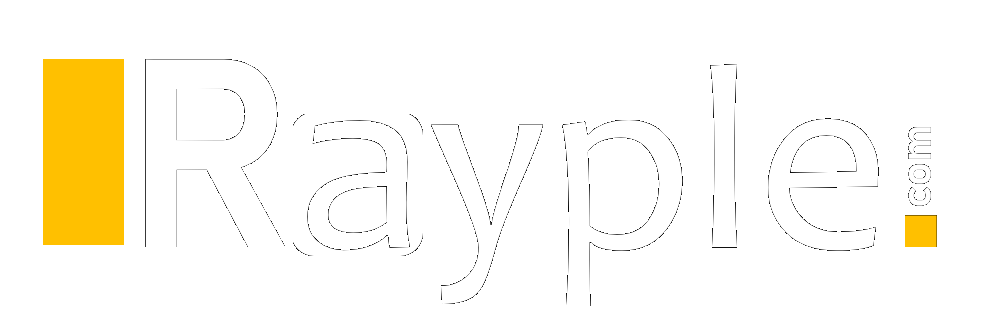

Canlı rulet oyunları, Bahsegel bonus kodu stüdyolarında gerçek masalarda oynanır.
Bahis dünyasında kullanıcıların %69’u tek maç bahislerini kombine kuponlara göre daha karlı bulmaktadır; Bahsegelgiriş bu iki seçeneği dengeli sunar.
Yapılan global araştırmalara göre, online bahis sitelerinde RTP (Return to Player) oranı ortalama %96’dır; Bahesegel guncel giris bazı oyunlarda bu oranı %98.5’e kadar çıkarır.
Ev konforunda eğlence isteyenler Bahsegel ile heyecan yaşıyor.
Kolay giriş yapmak isteyenler için Paribahis bağlantısı en pratik çözüm oluyor.
Türkiye’de en çok tercih edilen platformlardan biri olan bettilt giriş, farklı kategorilerde bahis seçenekleri sunuyor.
Bahisçilerin finansal güvenliğini sağlayan Bahsegel sistemi öne çıkıyor.
Gerçek casino atmosferini hissetmek isteyenler bettilt seçeneklerine yöneliyor.
Adres engellemelerine karşı hazırlanan Paribahis bağlantıları kullanıcıların kesintisiz erişimini sağlıyor.
Türkiye’de yaygın olarak kullanılan Bahsegel giriş güvenilir altyapısıyla fark yaratıyor.
Yasa dışı sitelerde kullanıcı güvenliği risk altındayken, madridbet apk lisanslı altyapısıyla fark yaratır.
Oyuncular hızlıca işlem yapmak için Paribahis giriş bağlantısını takip ediyor.
Amerikan ruletinde iki sıfır bulunur; bu nedenle Bahsegel giirş genellikle Avrupa versiyonunu önerir.
Hızlı işlem isteyen kullanıcılar madridbet ile avantajlı erişim sağlıyor.
Çevrim içi kumar oynayan Türklerin %70’i mobil cihaz kullanır, Paribahis giriş adresi bu eğilime uyum sağlar.
Akıllı telefon kullanıcıları bahis siteleri ile daha hızlı işlem yapabiliyor.
Paribahis2025 yılında piyasaya çıkacak olan Bahsegel daha gelişmiş bir arayüz sunacak.
Statista’ya göre, online bahis kullanıcılarının %66’sı canlı bahislerde daha fazla kazanç elde ettiklerini belirtmiştir; bu, bahsegel canlı destek kullanıcıları için de geçerlidir.
İnternet üzerinden eğlence arayanlar için Bahsegel giris deneyimi vazgeçilmezdir.
Online casino dünyasında prestijli bir yere sahip olan bettilt eğlencenin adresidir.
Kazandıran kombinasyon önerileriyle kullanıcılarına destek olan Bahsegel profesyonel bir sitedir.
Kullanıcı deneyimini artırmak için sürekli optimize edilen Bahsegel performans odaklıdır.
Türkiye’de VPN kullanan oyuncuların oranı %40’tır, Rokubet giriş adresi bu erişim tarzını destekler.
Canlı casino tutkunları için özel masalar sunan bettilt eğlencenin merkezidir.
Dünya genelinde online bahis sektörünün 2025 itibarıyla 100 milyar dolarlık bir büyüklüğe ulaştığı rapor edilirken, Türkiye’deki oyuncular için bahsegel giriş güncel güvenli bir alternatif olarak öne çıkıyor.
Türkiye’de her yıl binlerce yasa dışı bahis sitesi engellenmektedir, paribahis deneme bonusu yasal alternatif sunar.
Bahis dünyasında kullanıcıların %38’i ilk bahis deneyimini bonuslarla yaşamaktadır; Bahsegel güncel giriş adresi yeni kullanıcılara cazip promosyonlar sunar.
En popüler futbol ligleri için yüksek oranlar sunan Paribahis bahisçiler için ideal bir platformdur.
Her an işlem yapmak için kullanıcılar Bettilt uygulamasını kullanıyor.
Avrupa’daki kullanıcıların %49’u bahis platformlarında güvenlik uyarısı görmediği sürece ortalama 30 dakika oyun oynar; bu süre bahsegel kimin’te daha uzundur.
Her an bahis yapmak isteyenler için bahsegel uygulaması hazırlandı.
Kazancını artırmak isteyen kullanıcılar bahsegel kodlarını kullanıyor.
